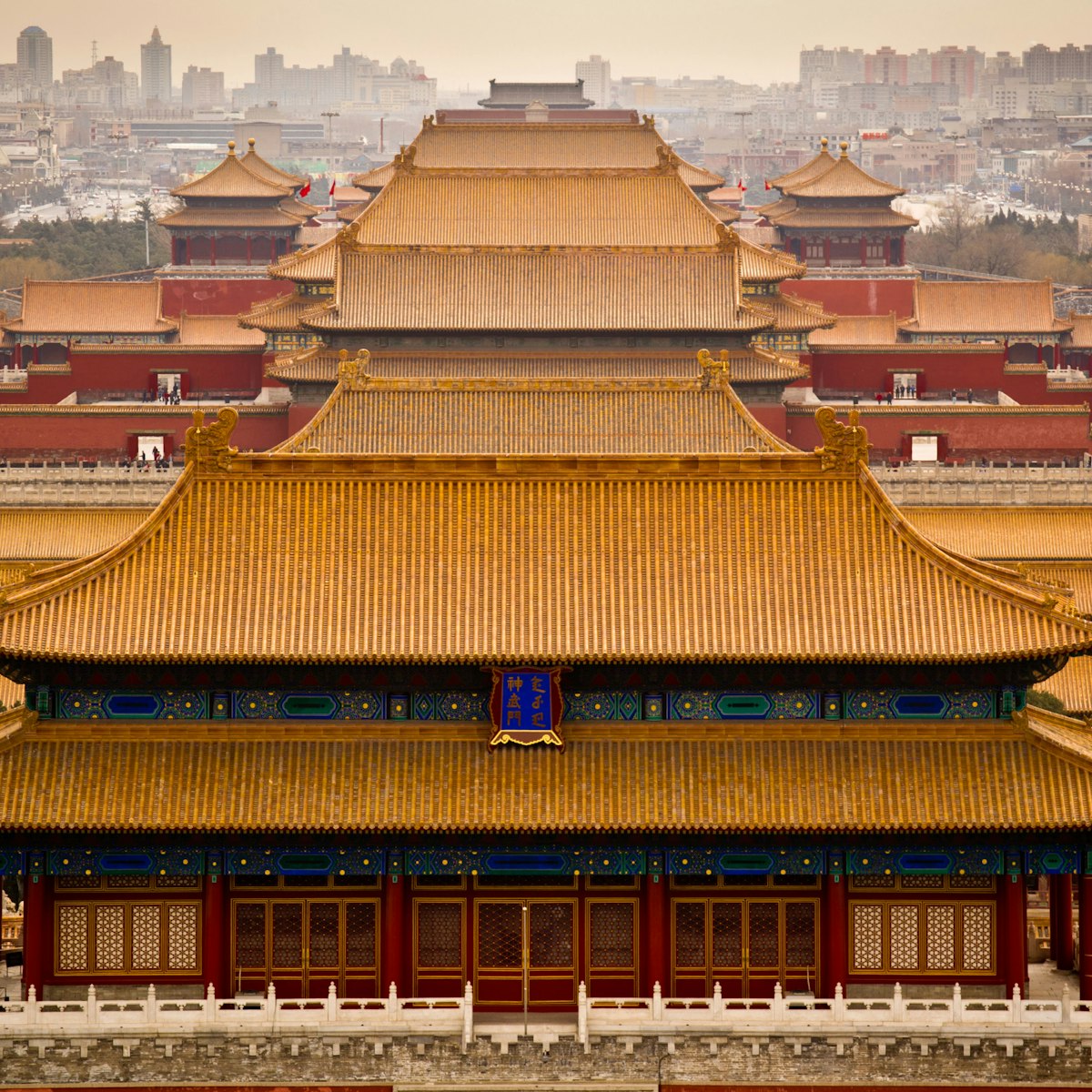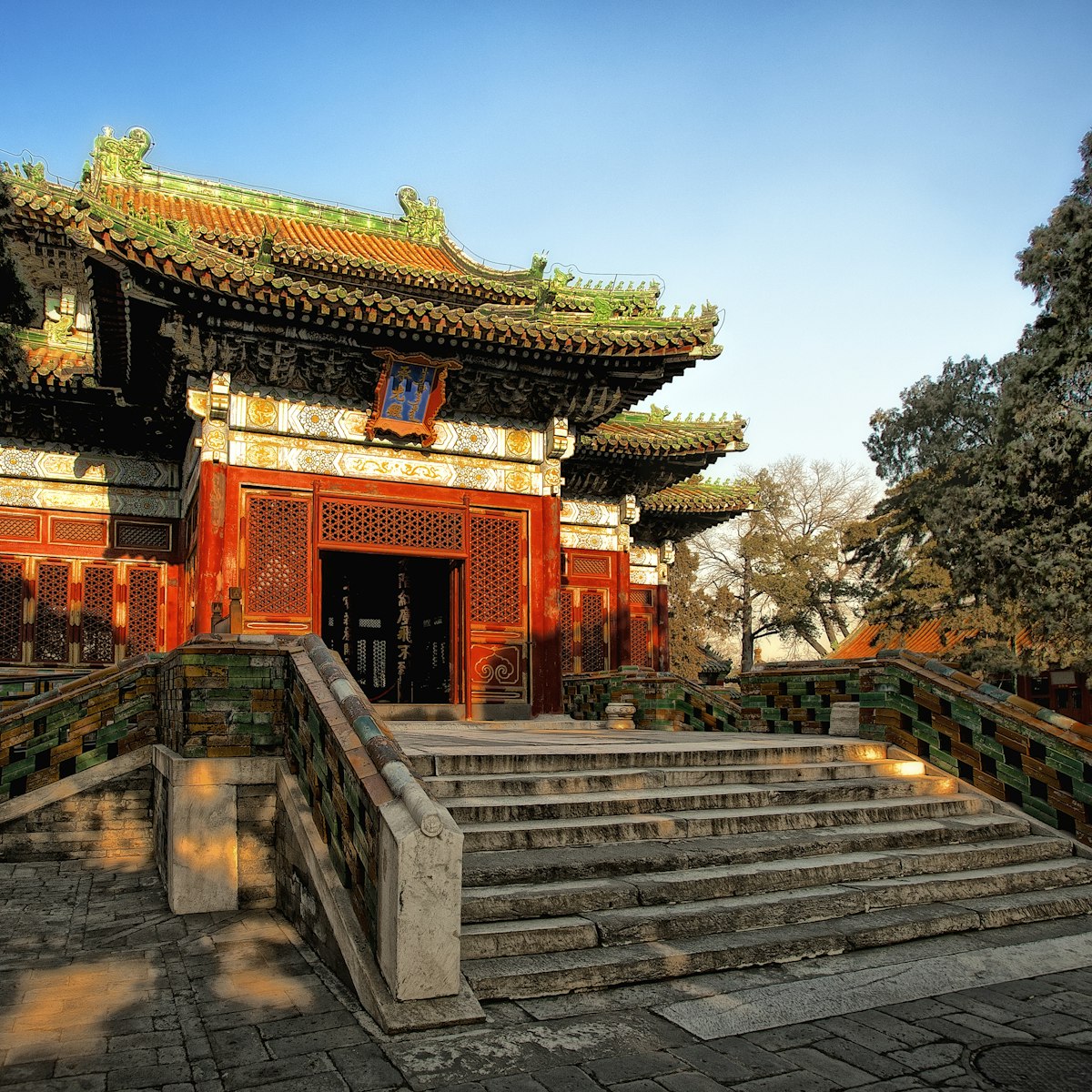In the northern boundary of the Treasure Garden is the site where Zhen (the Pearl Concubine), favourite consort of Emperor Guangxu, was said to have been thrown down a well and killed on orders from Empress Cixi.
The eight-nation allied forces had invaded Beijing, the Forbidden City was in chaos and Cixi's imperial court was preparing to flee. Zhen had refused to commit suicide, as the story goes, and so met her fate in this much more grisly fashion.







